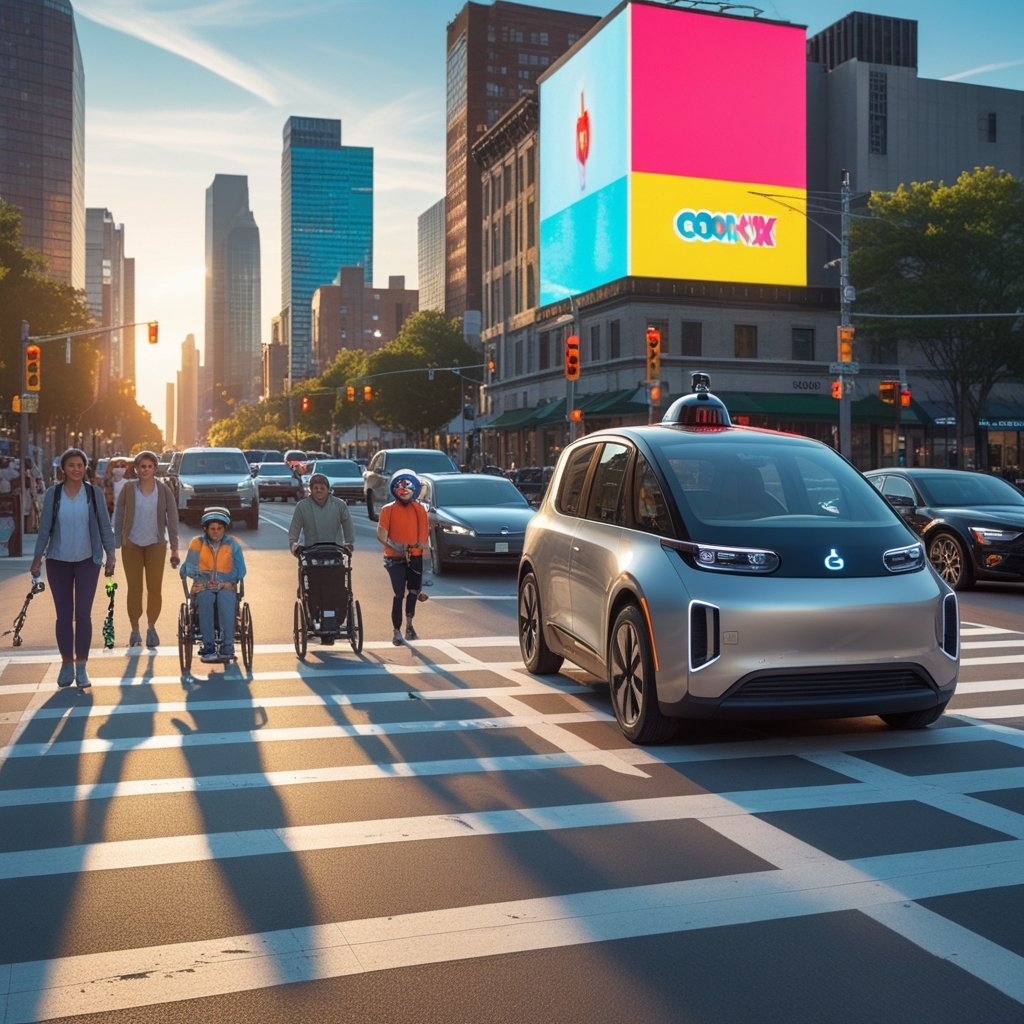Autonomous cars of the Future
The idea of self-driving vehicles is no longer a fantasy or science fiction. It is almost becoming a reality with companies such as Google, Uber, and Tesla leading the change. The evolution of self-driving cars will make someone think they don’t need a driver for A-to-B commutes. But the advancement of self driving vehicles will change the way we work, live, and engage with the environment. One driving factor of this change is Artificial Intelligence (AI)
one of the major advantage is AI can use the anti-lock-braking-system more efficiently:
https://buzgadgets.org/2025/03/04/anti-lock-braking-system/
AI’S Contribution To The Self Driving Cars Industry Today
AI has its hands dipped into a chunk of the autonomous driving car world, and plans out the logic that goes into it. The AI in a self-driving car gives it the capability to understand the objects in its surroundings. Self-driving vehicles can “see,” identify, and classify people, cars, traffic lights and many other entities utilizing multiple cameras, radar devices, a LiDAR, and machine learning techniques.

It’s underpinned by a sophisticated set of neural networks and deep learning models that instruct the car’s system to operate much like a human driver, making split-second decisions. However, where human drivers struggle with distractions, AI does not.
Self Driving Cars Safety Features Update And AI role in management
The primary issue in self-driving vehicles is the level of safety it offers. Nowadays, the AI technology significantly contributes to safety improvements in vehicles by avoiding an estimated 90% of accidents attributed to human error. Autonomous vehicles feature advanced sensors, including cameras, radars, and LiDAR, that enable the vehicle to constantly observe its environment. The AI algorithms assist the vehicle with taking appropriate actions based on the accumulated data in real-time.
An example of this would be AI responding to a stimulus in the environment such as a sudden pedestrian crossing the street and reacting to it much faster than a human operator would. Also, the AI takes charge of maintaining a certain depth of vigilance level or attention that becomes affected by spells of tiredness, alcohol, or distractions – all of which make human-controlled vehicles prone to accidents.
Furthermore, machine learning is continuously advancing AI technologies in autonomous vehicles, making them smarter at anticipating and handling new challenges with time. Even though safety protocols are still in progress, AI-based vehicles have demonstrated good performance in minimizing the ratio of accidents and are anticipated to emerge as The use of AI in self-driving cars can significantly improve the safety of cars on the road. The automation of driving minimizes the chances of human error due to negligence , and allows for quick response times. With latest technology and the rapid progression in AI technology, self-driving vehicles should become more accurate in identifying risks and managing unexpected events.
Though there are still issues to be solved like earning public confidence and addressing issues of morality, the implementation of AI for self-driving cars is more favorable than ever as it offers a viable solution towards any potential collisions, and saves precious lives, on the road.



